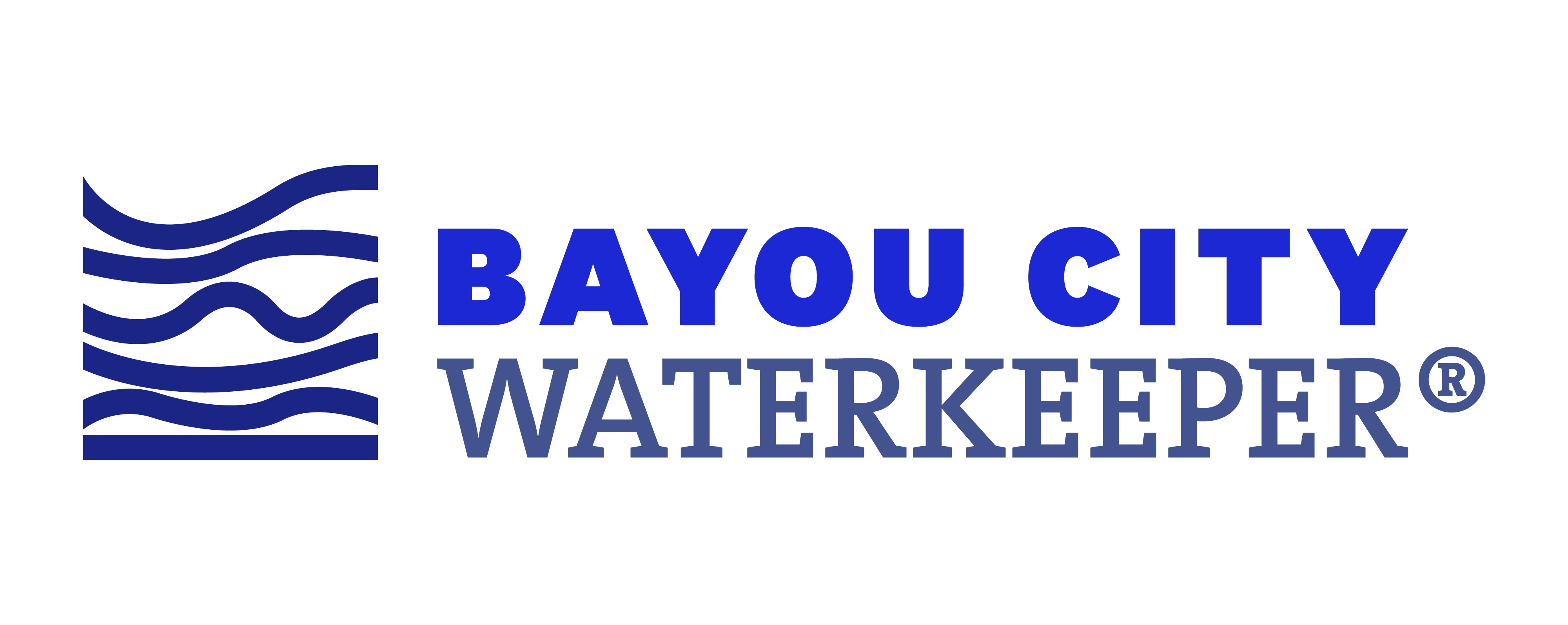This is a post by summer 2021 legal intern Elizabeth Hidalgo, a third-year law student at the University of Houston Law Center.
As explained by former legal intern Jessica Villalon, the legacy of racist planning decisions has caused flooding to disproportionately affect Black, brown, and low-income Houstonians. Traditional approaches to mitigating flood risks have not done enough to reduce risks to these communities. This blog post, authored by former legal intern Elizabeth Hidalgo, explores how nature-based solutions to flooding may be used to help these local communities hit hardest by flooding.
 Black, brown, and low-income communities face unique barriers to successfully and equitably implementing nature-based solutions to flooding.
Black, brown, and low-income communities face unique barriers to successfully and equitably implementing nature-based solutions to flooding.
Implementing nature-based solutions (also known as green infrastructure and low-impact design) has great potential to help vulnerable communities. But, there’s also potential for harm if nature-based solutions are not implemented with each community’s unique goals, needs, and character in mind.
For example, many green infrastructure techniques require at least some greenspace, and parks are often utilized. But, many marginalized communities lack greenspaces and parks. In Houston, “parks were once nearly exclusive to White residents, with Black residents able to access only 10% of the city’s greenspace.” That legacy continues today, with local parks and greenspaces concentrated in wealthier, whiter neighborhoods.
Across the nation, one solution is to use government buyouts to acquire the needed land. Unfortunately, many low-income communities are very densely developed, so land buyouts and assembly for greenspaces and parks can be uniquely challenging. Additionally, land buyouts and relocation disproportionately and negatively impact communities of color and can further exacerbate gentrification concerns. Displacement from buyouts also disrupts community culture and individual identity.
A lack of funding due to low trust in green infrastructure technology, in addition to a need for green engineering expertise in government staff, is often cited as a recurring obstacle to green infrastructure implementation. Because these communities are already underfunded and neglected, especially when it comes to flood control, funding will likely be the biggest barrier to overcome in Houston.
General distrust of local governments and a lack of meaningful avenues for public participation in the whole process create barriers to the successful implementation of green infrastructure in marginalized communities. Some of these concerns might be addressed by choosing a third-party, like a community organization or trusted non-profit, to head a specific green infrastructure project and act as a sort of liaison between the government and a community.
 “Green gentrification” and “greensplaining” reveal inequities in the use of nature-based solutions — and opportunities for confronting them
“Green gentrification” and “greensplaining” reveal inequities in the use of nature-based solutions — and opportunities for confronting them
Studies indicate green infrastructure can deepen inequalities and increase housing costs, which can contribute to gentrification and displacement. This is also known as “green gentrification.” For example, in Minneapolis, a city dedicated to green infrastructure, gentrifying minority neighborhoods received five times more green infrastructure funding than did neighborhoods that did not gentrify, further deepening environmental and economical inequalities.
“Greensplaining” refers to the way in which officials and environmentalists often present green infrastructure implementation as a neutral, intrinsic “good” to Black and brown communities, while failing to take into account how marginalized groups value and interact with their greenspaces and dismissing any community concerns as uninformed. This effectively shuts down community collaboration and input. Greensplaining also helps perpetuate the power inequities that led to the environmental problems in minority communities that green infrastructure projects are meant to address.
The Grand Rapids, Michigan master plan, which explicitly implements green infrastructure, recognizes those unique challenges and offers solutions to address them. The plan recommends seeking partnerships with existing community institutions that have land that could be utilized for projects, like churches and schools. The plan also recommends shifting responsibility to the private sector by requiring or incentivizing private entities to have usable, accessible public spaces on their properties in certain areas.
The Harris Thrives Resolution incorporates nature-based solutions and a framework that can help overcome these barriers.
In 2018, Harris County voters passed a new flood bond in response to the devastation caused by Hurricane Harvey. The Bond dedicated $2.5 billion to local flood control projects. A year later, Harris County Commissioners Court passed the Harris Thrives Resolution, which directs Harris County Flood Control District (HCFCD) to adopt an equitable prioritization framework for Bond spending in a manner that addresses past spending inequities in marginalized communities’ flood protection. In analyzing which projects to prioritize, HCFCD looks at several criteria, including a social vulnerability index and the project’s potential to minimize environmental impacts. The Resolution also explicitly instructed the HCFCD to emphasize nature-based solutions and natural infrastructure in their projects.
The Resolution addresses some of the funding and support barriers green infrastructure implementation presents in vulnerable communities, and several Bond-funded projects have incorporated nature based flood solutions in some way. One project is studying the use of floating wetlands, a technique utilizing buoyant mats with vegetation and soil atop, in a stormwater retention basin. Several projects mention including vegetation management as part of their plan. In seeking funding that was denied by the General Land Office, the city of Houston aimed to create flood mitigation in Kashmere Gardens that incorporated green stormwater infrastructure such as rain gardens and landscape improvements, to increase the overall drainage benefits.
The resolution also created a Community Flood Resilience Task Force, an equity-focused group made up of community members that reflect Houston’s diversity and represent the very communities hit hardest by flooding. This task force was created to help keep HCFCD accountable to their equity obligations. The make-up of the task force can help to address common pitfalls of green infrastructure implementation that comes from a lack of community voices in decision making.
Houston is poised to create new models of flood protection that embrace nature and equity
As the current administration simultaneously creates new opportunities for funding green infrastructure projects and prioritizes racial equity, our region is uniquely situated to be a leader in the successful implementation of green infrastructure in Black, brown, and low-income communities. While there are significant barriers to the equitable implementation of nature-based flooding solutions in marginalized communities, we have the resources and knowledge to overcome them if our leaders meaningfully involve community members, holistically address the root of the inequities that have made marginalized communities particularly vulnerable, and stay true to their promise to equitably distribute funds.
***
 Elizabeth Hidalgo interned for Bayou City Waterkeeper in summer 2021. Elizabeth is a 3L at the University of Houston Law Center. As a fifth-generation Houstonian, she was raised with a deep appreciation for our natural waterways and is passionate about the environmental justice issues facing the Houston-Galveston area. She graduated from the University of the Incarnate Word with a B.A. in Music and English. During her time in law school, she has focused her education on environmental law and has interned with the Galveston Bay Foundation, Texas Innocence Network, and Museum of Fine Arts, Houston.
Elizabeth Hidalgo interned for Bayou City Waterkeeper in summer 2021. Elizabeth is a 3L at the University of Houston Law Center. As a fifth-generation Houstonian, she was raised with a deep appreciation for our natural waterways and is passionate about the environmental justice issues facing the Houston-Galveston area. She graduated from the University of the Incarnate Word with a B.A. in Music and English. During her time in law school, she has focused her education on environmental law and has interned with the Galveston Bay Foundation, Texas Innocence Network, and Museum of Fine Arts, Houston.
